The vast, unforgiving expanse of a desert presents one of nature's most extreme challenges for runners. As temperatures soar past 40°C (104°F) and solar radiation beats down mercilessly, the human body faces extraordinary thermoregulatory demands. Yet across the world's arid regions - from the Sahara to the Gobi, the Mojave to the Arabian - runners continue to push their limits through innovative cooling techniques that blend ancient wisdom with modern science.
The Physiology of Heat Stress
Before examining cooling solutions, we must understand what runners battle physiologically in desert conditions. The body maintains core temperature through delicate equilibrium - producing heat through muscle activity while dissipating it through sweating and radiation. Desert environments disrupt this balance catastrophically. Dry air accelerates sweat evaporation before it can properly cool the skin, while radiant heat from sun-baked ground adds thermal load. Blood vessels dilate to shunt warm blood toward the skin's surface, reducing oxygen delivery to working muscles. Every 1°C rise in core temperature above 38°C (100.4°F) decreases athletic performance by 10-15%, with collapse occurring around 40°C (104°F).
Traditional Desert Cooling Wisdom
Indigenous populations have traversed deserts for millennia using remarkably effective passive cooling methods. The Tuareg people of the Sahara wear loose, dark-colored robes that create convective air currents while minimizing direct sun exposure. Bedouin runners traditionally soaked their headscarves in water, allowing evaporative cooling to protect the brain and carotid arteries. Mexican Tarahumara runners time their movements to avoid peak heat, using canyon shade and night running - techniques now adopted by ultramarathoners. These approaches highlight three fundamental principles: maximize evaporative cooling, minimize radiant heat gain, and optimize activity timing.
Modern Materials Meet Ancient Techniques
Contemporary desert runners combine traditional knowledge with advanced textiles. Phase-change material (PCM) vests absorb body heat as their embedded waxes melt at specific temperatures, providing 2-4 hours of cooling. Hydrophilic polymer fabrics hold water while remaining dry to the touch, mimicking the cooling effect of wet cotton without the chafing. Some elite runners use hybrid systems - a moisture-wicking base layer under a loose white outer shell treated with UV-reflective compounds. Perhaps most innovatively, researchers at MIT developed a porous polyethylene fabric that permits infrared radiation (body heat) to escape while blocking visible light, effectively creating a personal radiative cooling system.
Hydration Strategies Beyond Water
While hydration remains paramount, desert runners now employ sophisticated electrolyte management. The old "drink before thirsty" advice has given way to personalized hydration plans based on sweat sodium testing. Many athletes use glycerol hyperhydration - loading with this alcohol compound that binds water molecules, increasing total body water by 10-15%. Palm cooling devices leverage glabrous skin surfaces (hands, feet, face) where blood vessels regulate heat transfer efficiently. By gripping a chilled cylinder periodically, runners can lower core temperature without excessive fluid intake - crucial in environments where carrying water weight proves burdensome.
Timing and Acclimatization Science
No cooling technology replaces proper heat acclimation. Over 10-14 days of progressive exposure, the body undergoes remarkable adaptations: plasma volume expands by 12-15%, sweat becomes more dilute and initiates earlier, and resting core temperature lowers. Smart runners schedule training during cooler hours but deliberately include midday sessions to maintain adaptations. Emerging research suggests combining heat and altitude training may enhance erythropoiesis while improving thermal tolerance - a potential game-changer for desert ultramarathons. Athletes now use predictive modeling, balancing acclimation benefits against the fatigue cost of heat stress in their periodization plans.
Extreme Event Case Studies
The 250km Marathon des Sables across Morocco's Sahara provides real-world testing for cooling strategies. Winners typically use a multipronged approach: PCM collars for neck cooling, handheld misters for facial cooling, and carefully timed water consumption. At Arizona's Badwater 135 - crossing Death Valley in midsummer - top competitors employ crew-staffed cooling stations with ice towels and foot baths. Interestingly, the most effective competitors often show restraint - avoiding over-cooling that could trigger unnecessary thermogenesis. The emerging consensus favors maintaining core temperature at the upper limit of performance range (about 39°C/102°F) rather than attempting to maintain sea-level norms.
Future Directions in Desert Cooling
Cutting-edge research explores intriguing possibilities. NASA-derived microfluidic cooling patches use tiny channels to circulate coolant precisely where needed. Biomimicry engineers study how the Saharan silver ant's reflective hairs and thermoregulatory behaviors might inspire new gear. Some laboratories experiment with transient metabolic suppression - temporarily reducing heat production through targeted compounds without impairing performance. Perhaps most promising are personalized cooling algorithms that integrate real-time core temperature monitoring (via ingestible pills or ear canal sensors) with adaptive cooling delivery systems.
As climate change expands arid regions and pushes desert race temperatures higher, cooling technology races to keep pace. The ultimate solution may lie not in any single innovation, but in the thoughtful integration of physiological understanding, cultural wisdom, and appropriate technology - allowing humans to continue their timeless journey across the world's most beautiful, brutal landscapes.
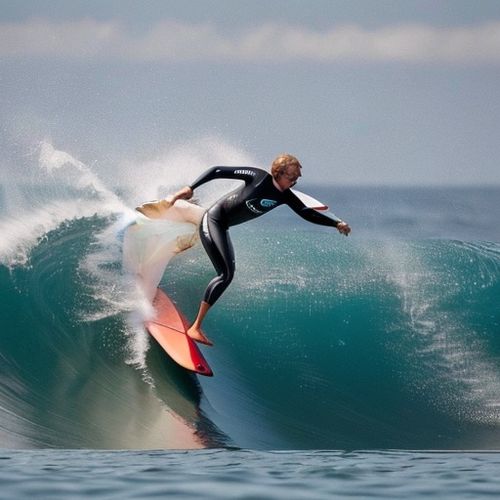
By Eric Ward/May 8, 2025

By Lily Simpson/May 8, 2025
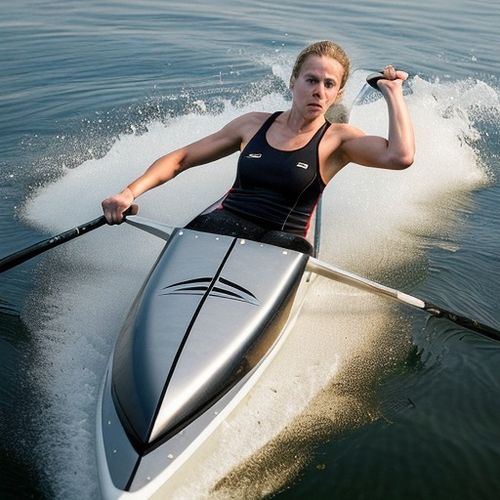
By Jessica Lee/May 8, 2025
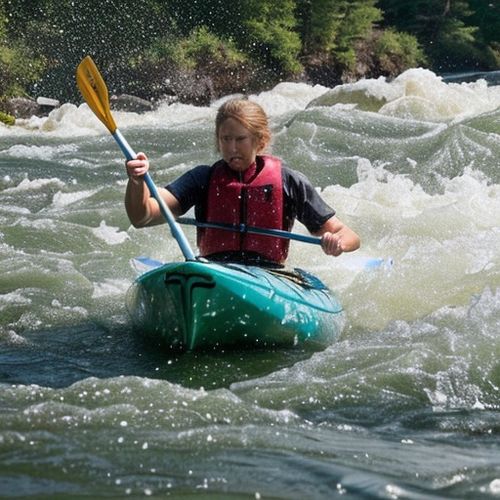
By Grace Cox/May 8, 2025

By Emily Johnson/May 8, 2025

By Rebecca Stewart/May 8, 2025
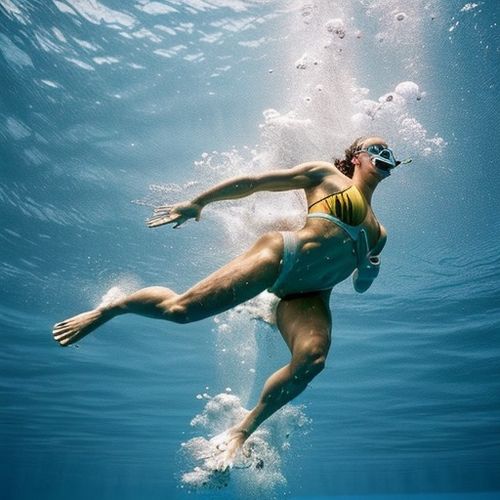
By George Bailey/May 8, 2025
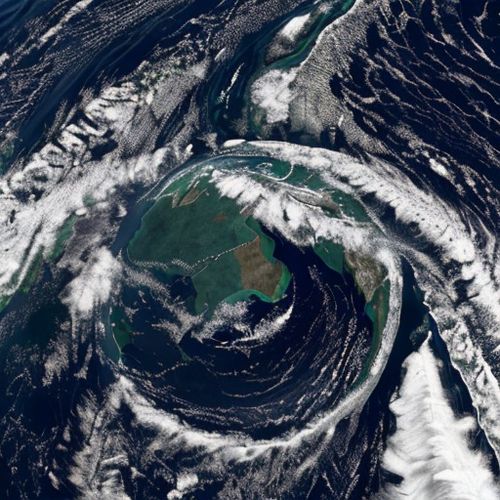
By Sophia Lewis/May 8, 2025
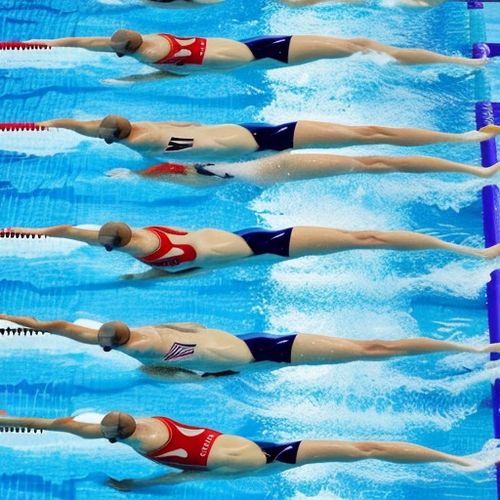
By George Bailey/May 8, 2025
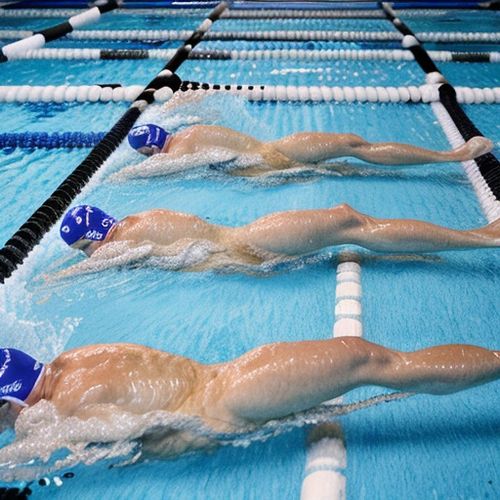
By Eric Ward/May 8, 2025
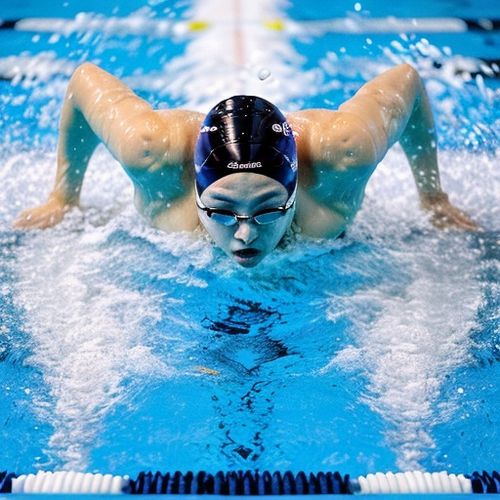
By James Moore/May 8, 2025
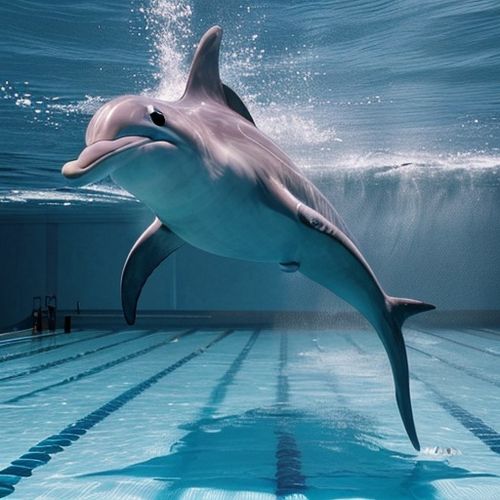
By Thomas Roberts/May 8, 2025

By Victoria Gonzalez/May 8, 2025
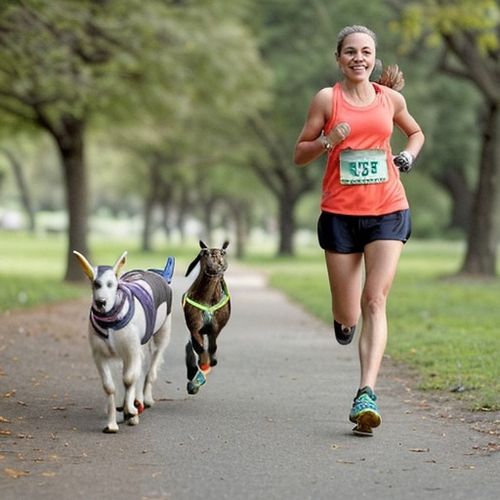
By Samuel Cooper/May 8, 2025
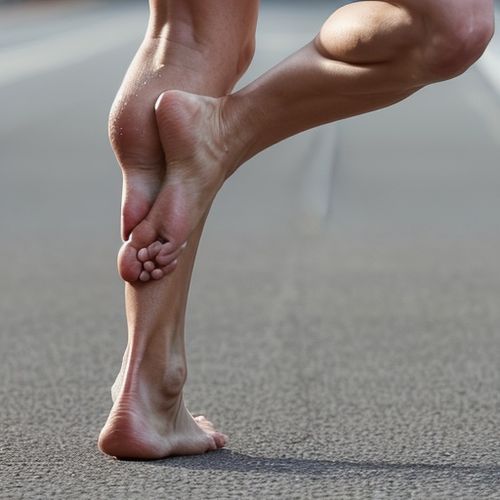
By David Anderson/May 8, 2025

By Joshua Howard/May 8, 2025
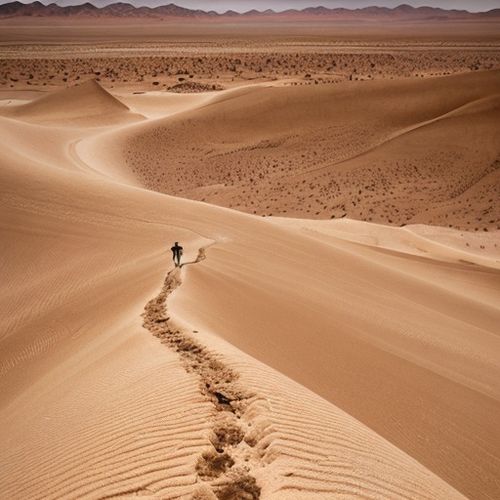
By Michael Brown/May 8, 2025
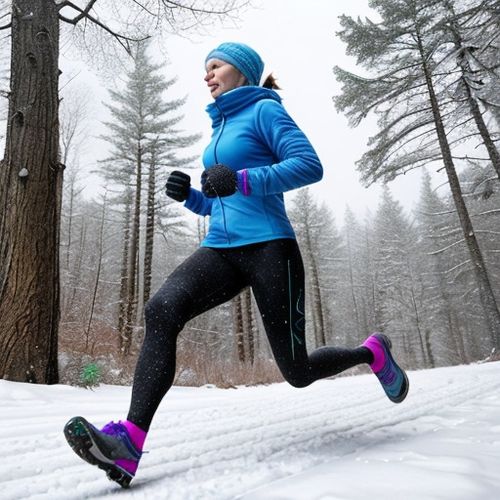
By Elizabeth Taylor/May 8, 2025
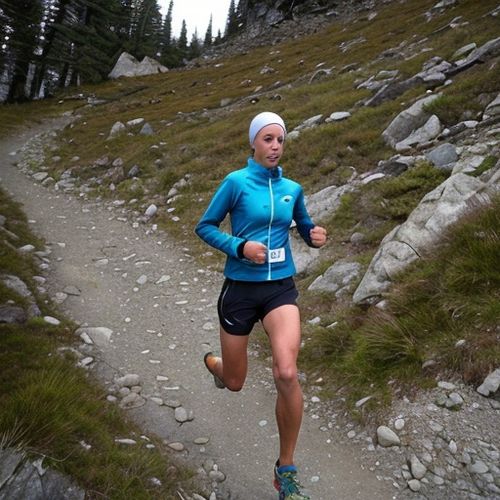
By Benjamin Evans/May 8, 2025
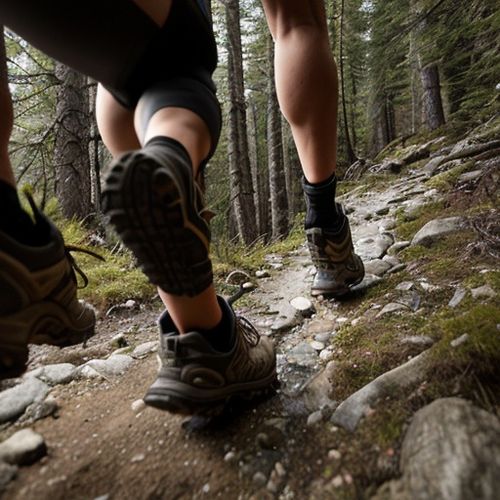
By Noah Bell/May 8, 2025